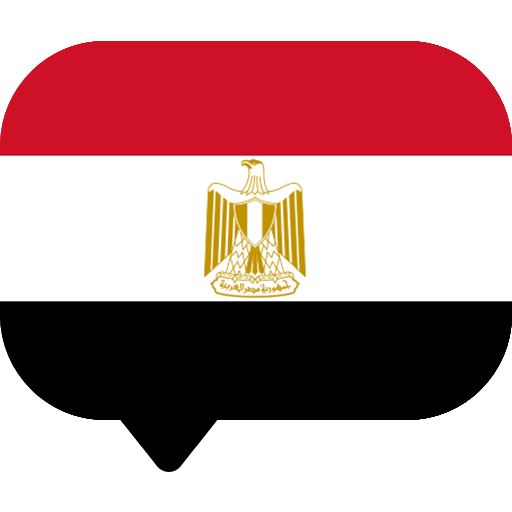Formulators should always use OA-, BET- and DBP- values when working with inorganic, organic and carbon black pigments, respectively.
When a mixture of different pigments is used during the grinding process (Co-grinding), the quantity of polymeric dispersant should be calculated for each pigment separately. The sum of the calculated quantities is the total required amount of dispersant.
|
Inorganic pigments The percentage of dispersant (as active material) used upon an inorganic pigment is 10% of the oil absorption-value. |
|
|
Carbon black pigments The percentage of polymeric dispersant (as active material) used upon a carbon black pigment is minimum 15% (maximum 25%) of the DBP-value. Organic pigments In the case of organic pigments, it is more difficult to determine the quantity of polymeric dispersant required. For some pigments, such as red, orange or yellow pigments, 50% of the BET-value is required, whereas with phthalo-cyanine blue or green pigments, for example, 30% of the BET-value is sufficient to achieve a stable dispersion. It is therefore recommended to conduct tests with 30% and 50% of the BET-value in order to establish the best quantity to use. |
|
If the BET-value of a pigment is unknown, we advise to use 30% of polymeric dispersant (active substance) upon pigment as a starting point.
Examples
| Pigment Name | Value (OA, BET, DBP) | Solid dispersant upon pigment |
|---|---|---|
| Carbon black | 96 | 14.4% |
| Red iron oxide | 26 | 2.6% |
Should on DELTA-DC 3047 (35% solid or active) be used to stabilize the am Carbon black pigment, you would have to divide 14.4% by 0.35 (solid content of
DELTA-DC 3047 ) to obtain the minimum quantity of dispersant (delivery form) required for 100 parts by weight of the same pigment!

 English
English Chinese
Chinese Frensh
Frensh Arabic
Arabic